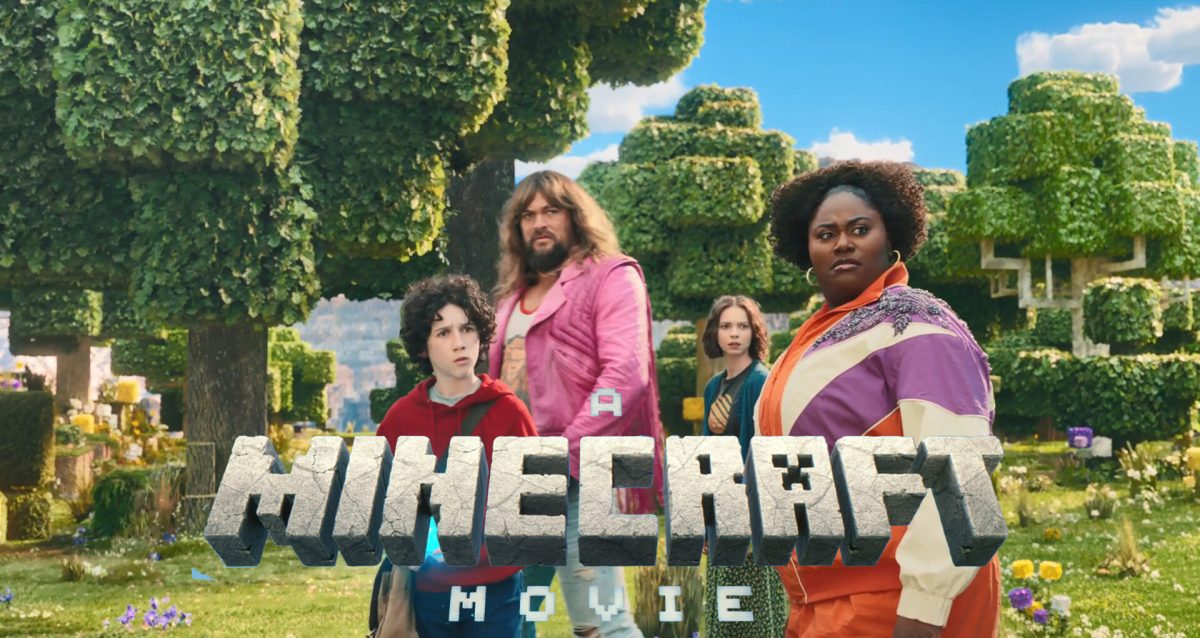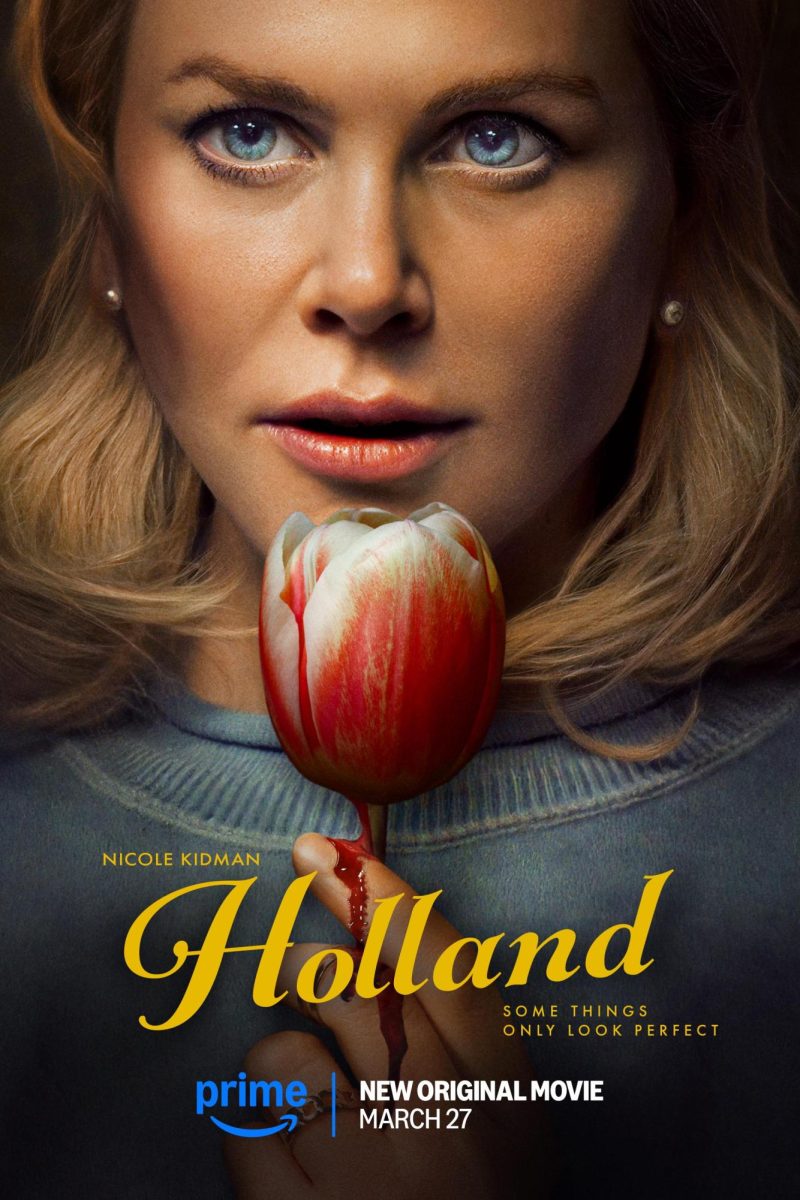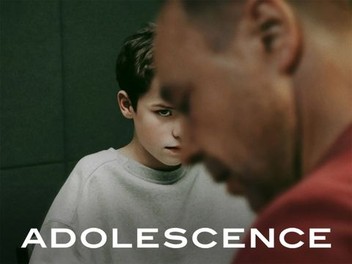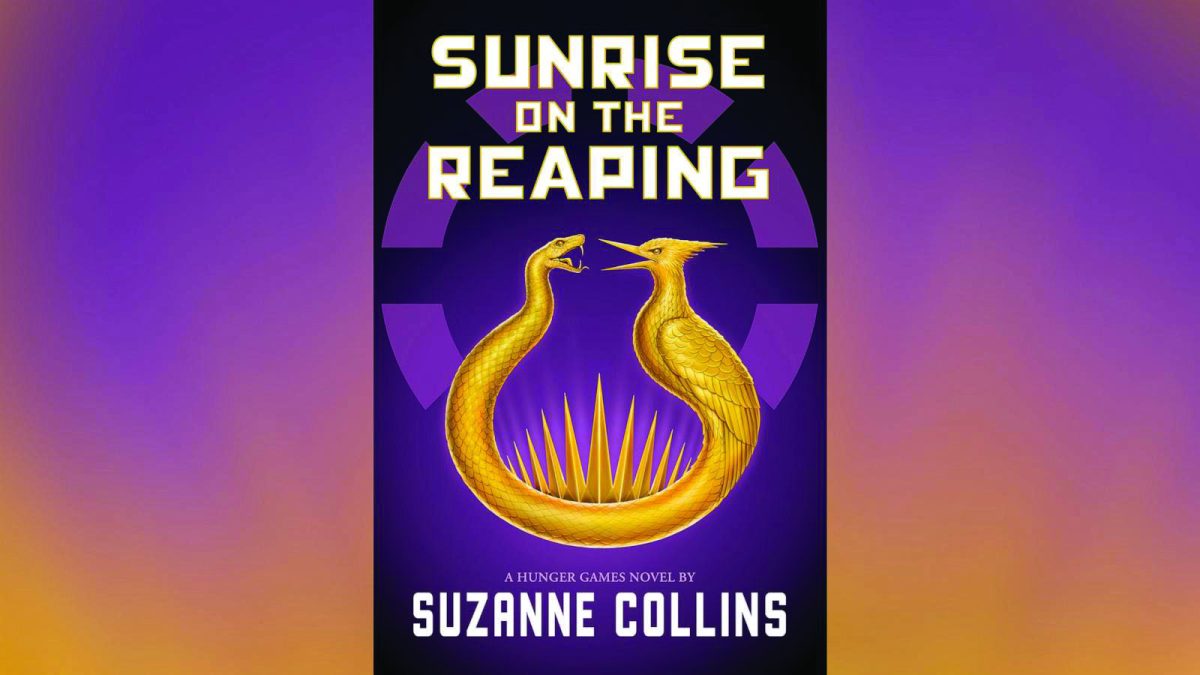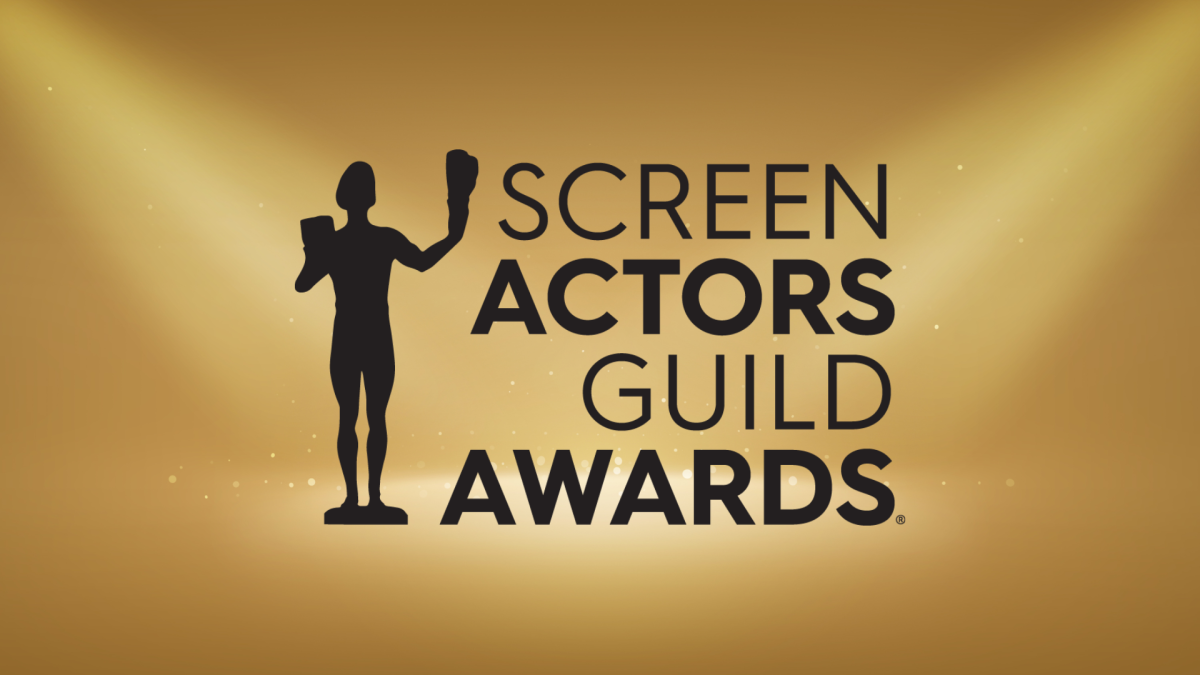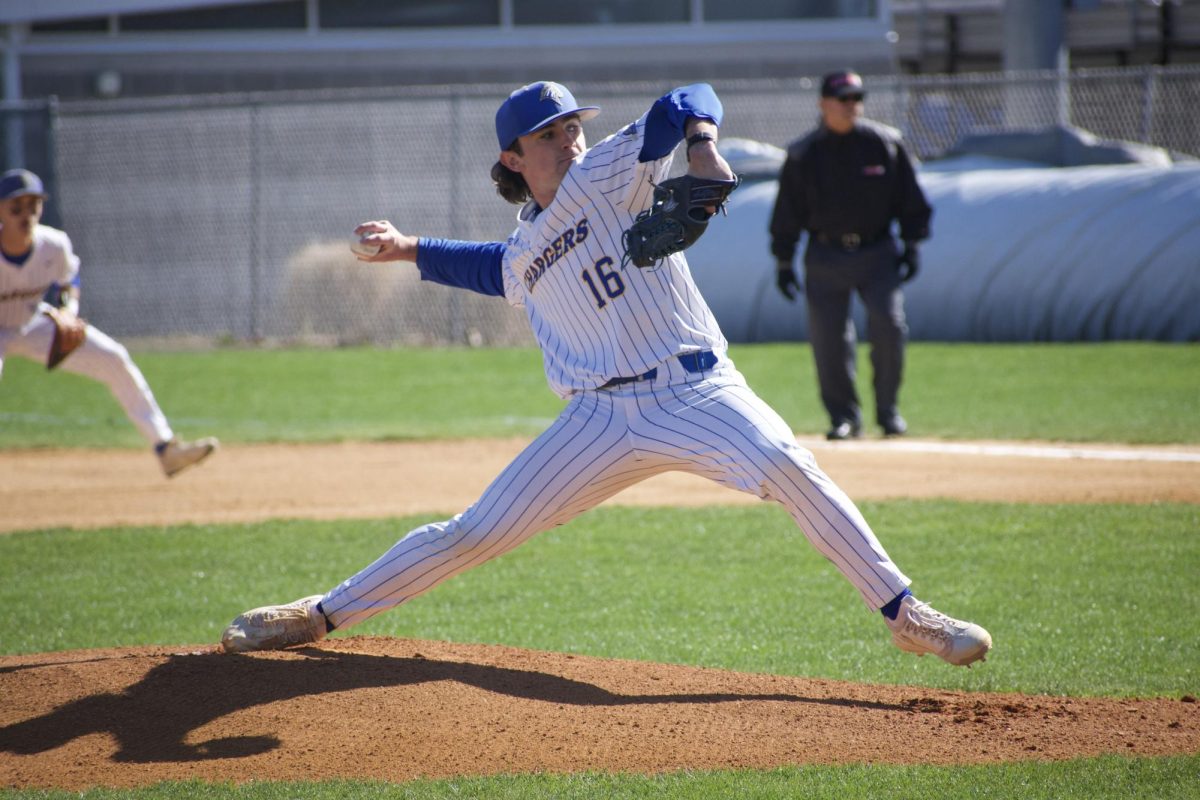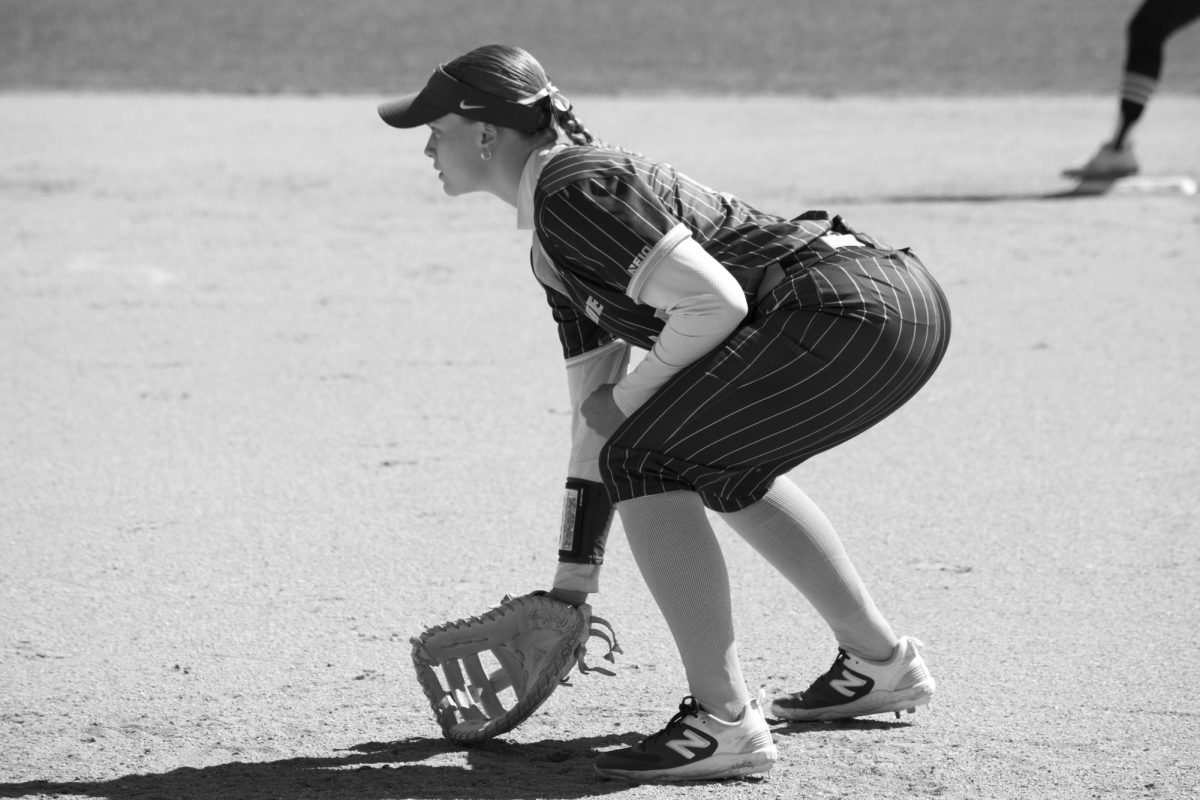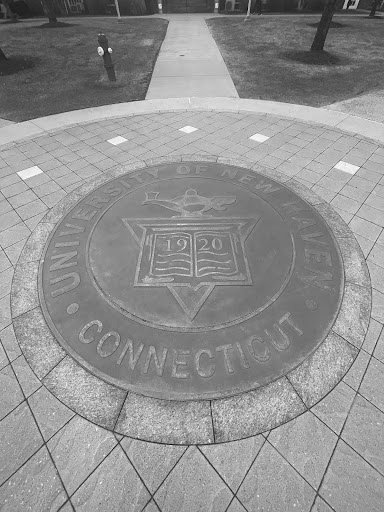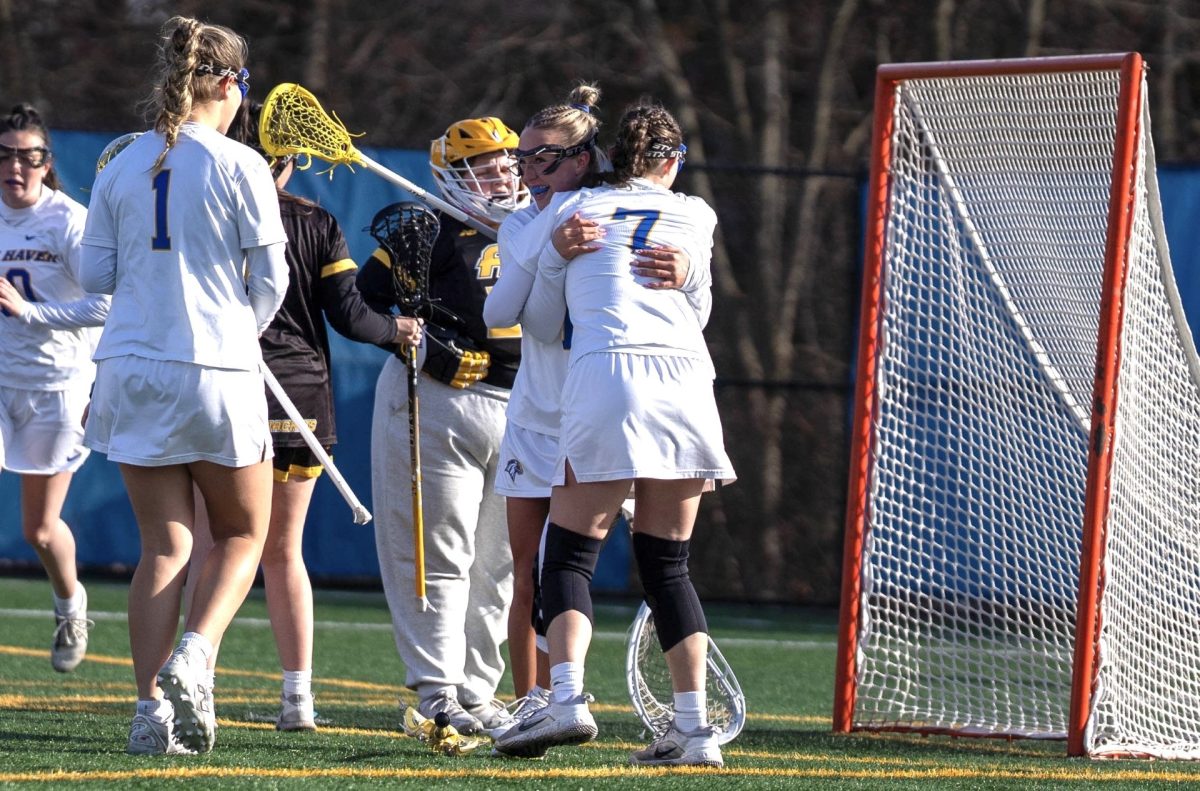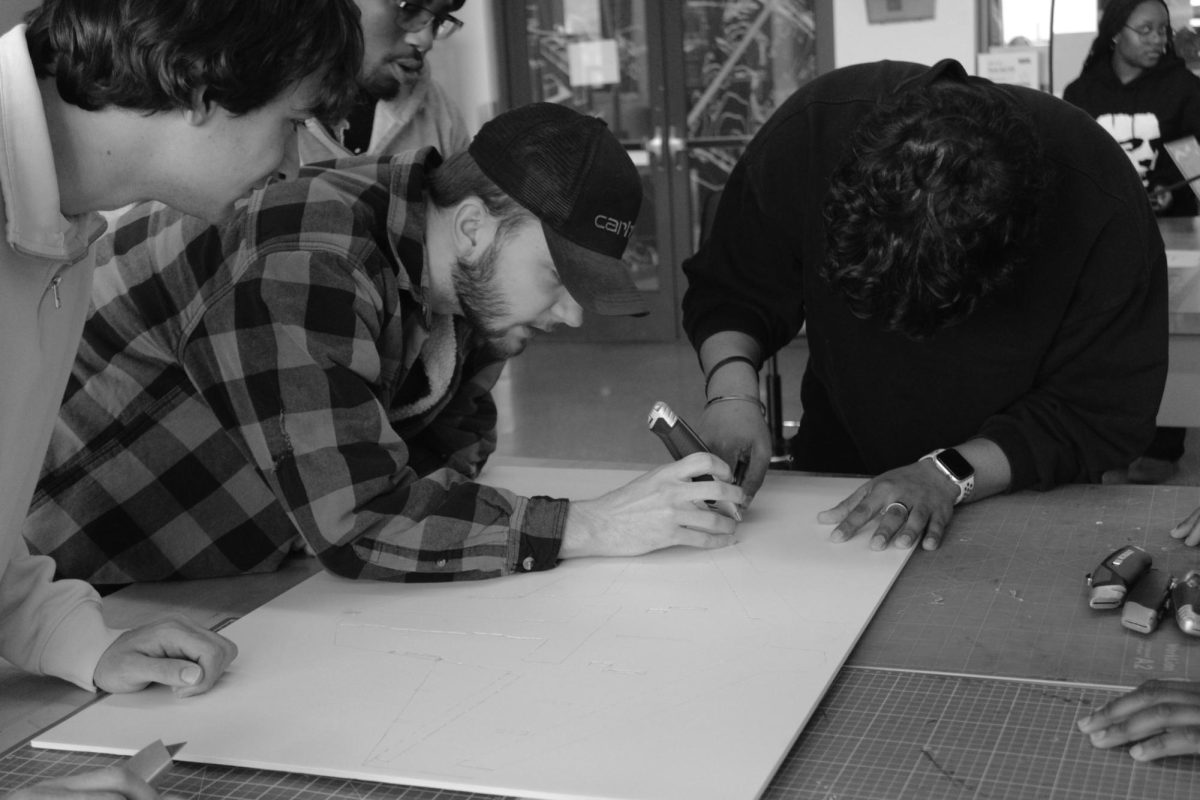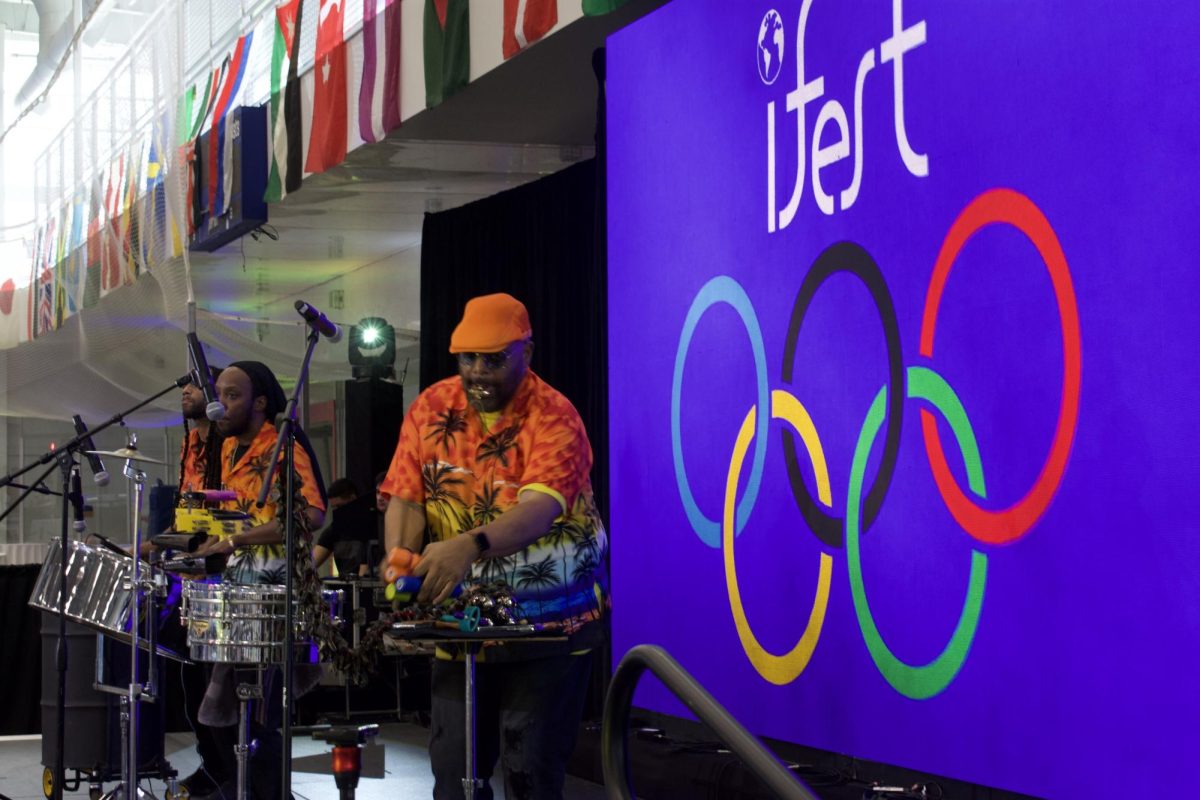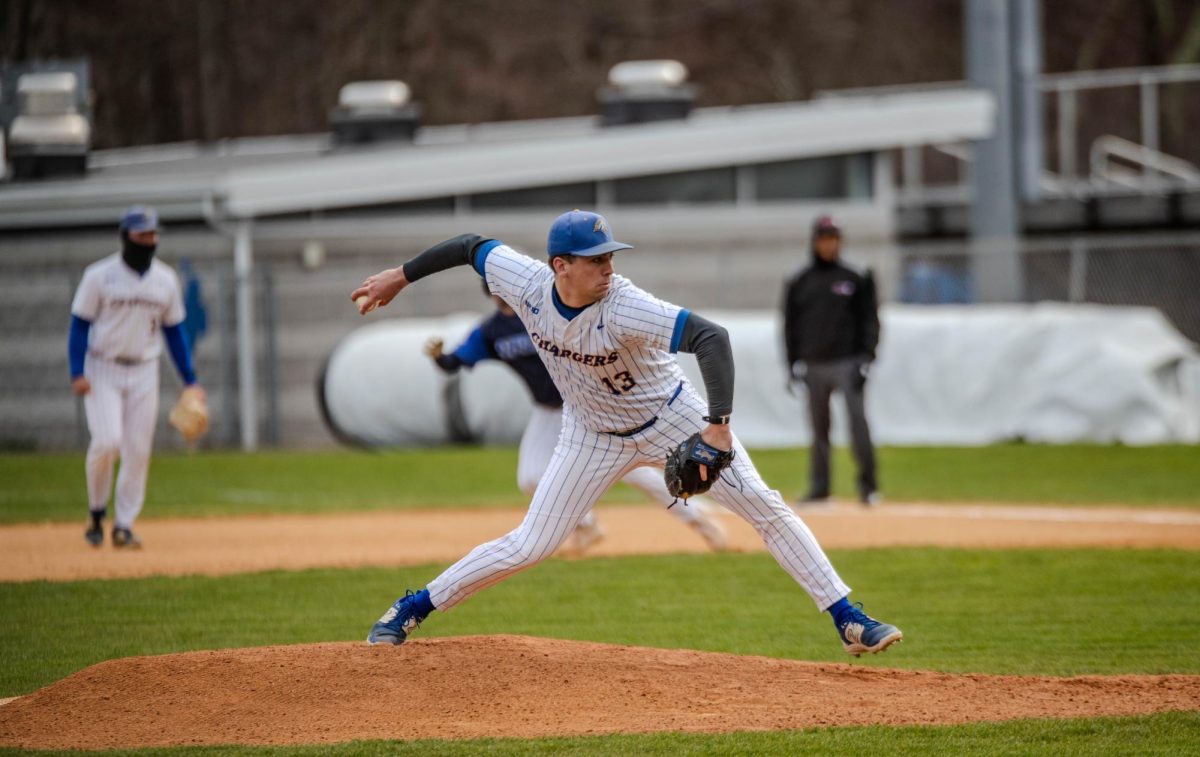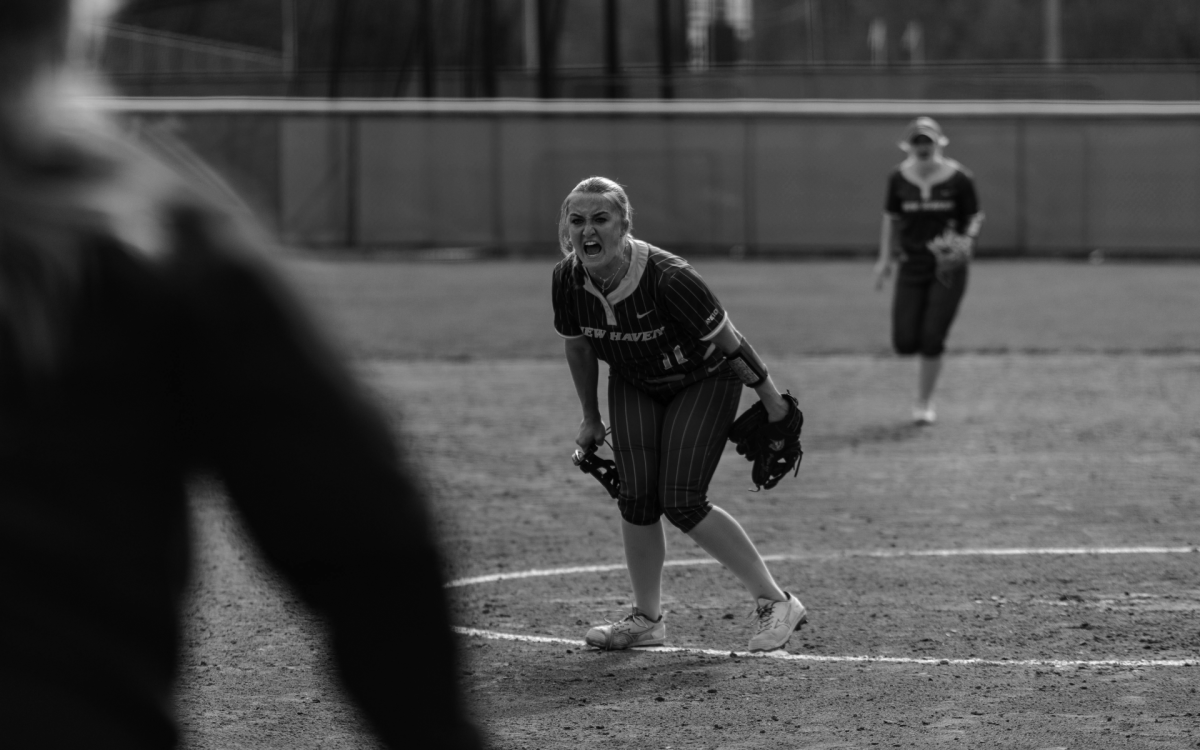On March 25, OpenAI, the artificial intelligence (AI) company responsible for the creation of the ChatGPT AI chatbot, introduced a new 4o Image Generator. The generator, which allows users to create images based on their own written prompts, became a popular trend online with its ability to illustrate personal photos into popular art styles.
From an article posted on the OpenAI website, the company expressed their reasoning behind the creation of such a feature. “At OpenAI, we have long believed image generation should be a primary capability of our language models. That’s why we’ve built our most advanced image generator yet into GPT‑4o. The result—image generation that is not only beautiful, but useful.”
With the ability to transform photos, users took their own personal photographs, or scenes from famous movies and TV shows, and began to experiment with them in different art styles. Styles from popular cartoons such as “The Simpsons” or “South Park” were common among the trend, though what took the internet by a storm was one art style in particular, the Studio Ghibli style.
Known for films such as “Spirited Away” and “My Neighbor Totoro,” the Japanese animation studio, Studio Ghibli, was founded in 1985 by Hayao Miyazaki, Isao Takahata and Toshio Suzuki. The Studio Ghibli art style is depicted as being whimsical, with wide eyed expressive characters and beautiful hand drawn visuals. Now, it is being used as an AI filter for photographs.
Miyazaki, in the past, has expressed his dislike of AI being used in art. In a resurfaced clip from a documentary aired by the Japan Broadcasting Corporation NHK titled, “NHK Special: Hayao Miyazaki — The One Who Never Ends,” he said, “I would never wish to incorporate this technology into my work at all. I strongly feel that this is an insult to life itself,” in reference to a machine creating art.
Another documentary from NHK titled “10 years with Hayao Miyazaki,” dove further into the effort and time that was being put into the art Miyazaki and his team produced. A clip in the documentary shows Miyazaki speaking to one of his animators, Eiji Yamamori, telling him he did a good job after completing a crowd scene for the film, “The Wind Rises.” The clip, which is only four seconds long in the film, took Yamamori a year and three months to animate.
After the release of their new image generator, users realized how quickly they can “Ghibli-fy” their own photographs by simply asking a bot. The surprisingly high quality photos produced by the generator also made the AI generated Ghibli images hard to distinguish from real, hand drawn art that takes a lot of effort and time to produce.
Many Ghibli fans online expressed their distaste for this trend, saying how upset they are with people using this AI image generator to copy the personal art style of Studio Ghibli, something they say goes against the ethos of both the company and Miyazaki.
User @shilstone_arts on X/Twitter said, “Miyazaki spent his entire life building one of the most expansive and imaginative bodies of work, all so you could rip it off and use it as a filter for your vacation photos. Not into this one bit. Protect artists.”
Another user, @nabeelqu, said, “Imagine being Miyazaki, pouring decades of heart and soul into making this transcendence beautiful tender style of anime, and then seeing it get sloppified by linear algebra.”




